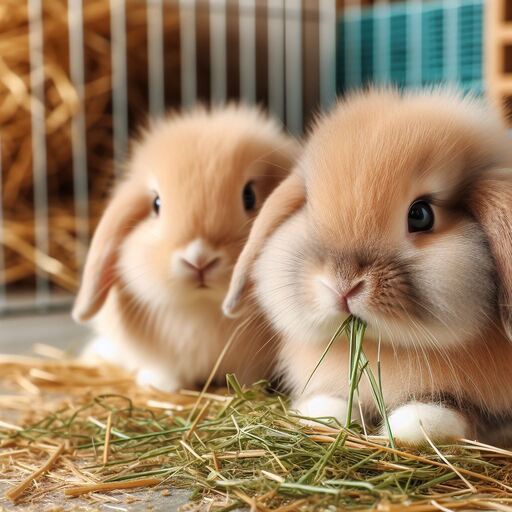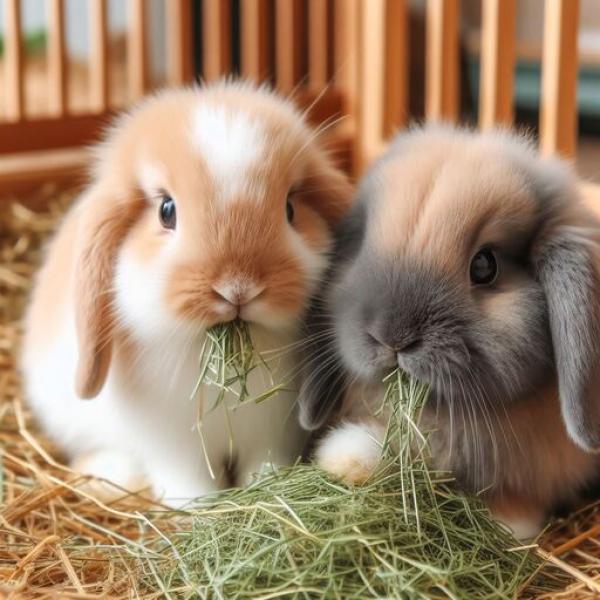
Understanding rabbit behavior and communication is key to building a strong bond with your furry friend. Rabbits have their own unique way of expressing themselves, and learning to interpret their cues can enhance your relationship and ensure their well-being.
Rabbits are highly expressive animals, often using body language to communicate their feelings and intentions. For example, a relaxed rabbit will often lay flat on the ground, ears resting comfortably against their back, indicating contentment and trust. On the other hand, a rabbit standing on its hind legs with ears perked up may be curious or alert, while a rabbit thumping its hind legs could signal fear or agitation.
In addition to body language, rabbits also communicate vocally, though they are generally quieter than other pets. They may softly purr when content, emit low grunts when annoyed, or even let out high-pitched squeaks when excited. Paying attention to these vocalizations can help you better understand your rabbit's mood and needs.
It's also important to recognize the role of grooming in rabbit communication. Rabbits groom each other as a sign of affection and bonding, so if your rabbit grooms you or another pet, it's a positive sign of acceptance and friendship. Similarly, being licked by your rabbit is a sign of trust and affection, as they view you as part of their social group.
By observing and responding to your rabbit's behavior and communication cues, you can strengthen your bond and provide them with the care and attention they need to thrive. Whether it's a gentle nose nudge or a playful binky (a joyful leap in the air), each interaction deepens the connection between you and your beloved pet.

